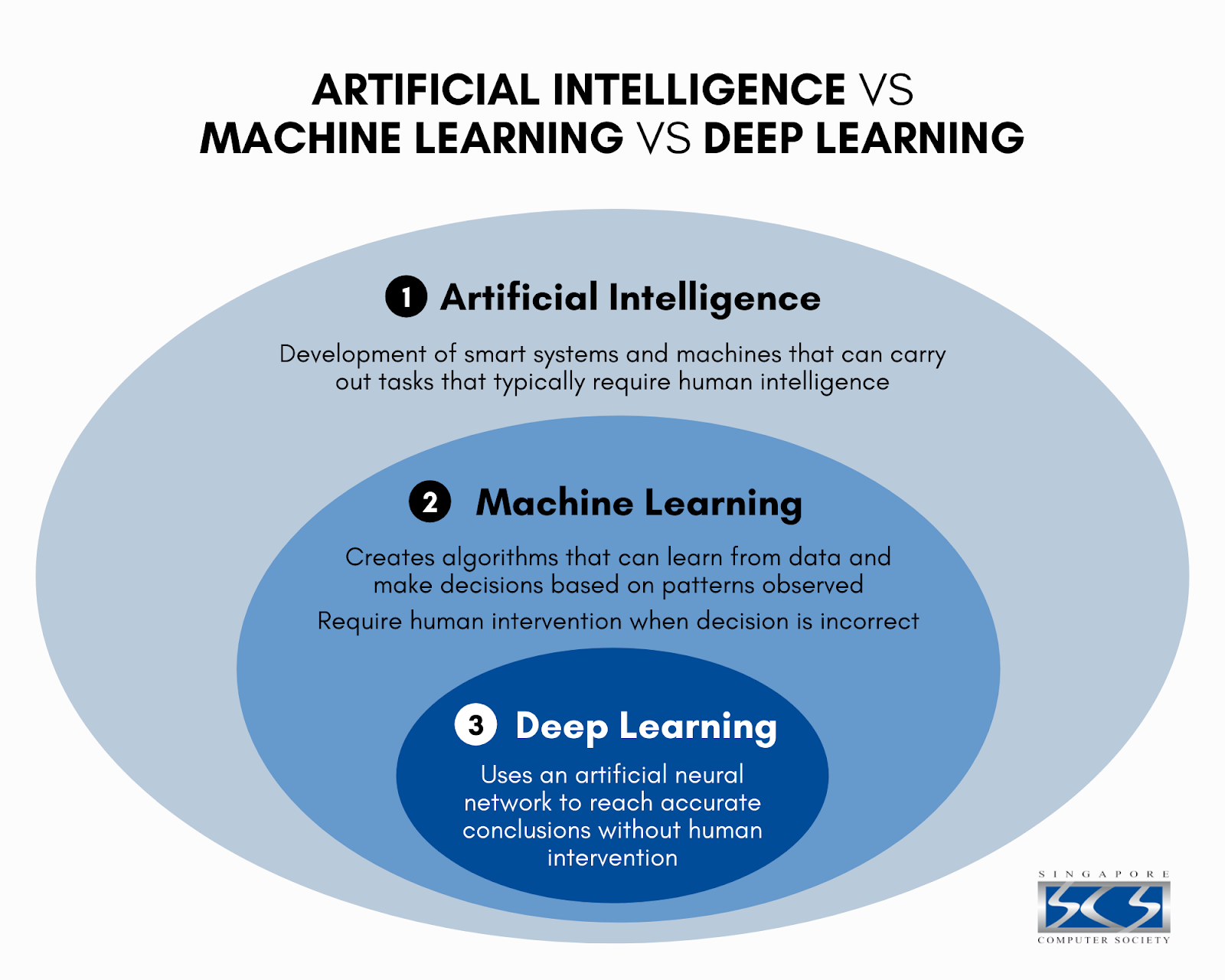Introduction
Deep reinforcement learning (DRL) is a cutting-edge area of artificial intelligence that combines deep learning with reinforcement learning principles to enable machines to learn from their actions, make decisions, and navigate complex environments. This innovative approach has found applications in a wide range of fields, from robotics and gaming to autonomous systems. In this blog, we will dive into the fascinating world of deep R-learning, exploring how it works, its applications, and the future it promises.
Understanding Deep Reinforcement Learning
Deep reinforcement learning is rooted in the field of R-learning, which involves an agent learning how to make decisions through trial and error. The “reinforcement” comes from the agent receiving rewards or penalties based on its actions, which guide its learning process. Deep reinforcement learning takes this concept further by incorporating deep neural networks to handle complex and high-dimensional data.
How Deep Reinforcement Learning Works
- Agent: This is the AI entity that interacts with an environment and makes decisions. A neural network often represents it.
- Environment: The environment represents the external world in which the agent operates. It can be as simple as a game environment or as complex as a physical robot navigating the real world.
- State: The state is a representation of the environment at a given moment. It provides the agent with information about its current situation.
- Action: The action is a decision or movement made by the agent in response to its current state.
- Reward: The reward is feedback provided by the environment after each action, indicating how well the agent performed. The agent’s goal is to maximize cumulative rewards over time.
Deep reinforcement learning uses deep neural networks to approximate the mapping between states, actions, and rewards. Enabling it to handle complex, high-dimensional state spaces like images or sensor data.
Applications of Deep Reinforcement Learning
- Autonomous Robotics: DRL plays a pivotal role in training robots to perform complex tasks, such as grasping objects, walking, or flying.
- Gaming: DRL has revolutionized gaming, with systems that can learn to play video games at superhuman levels.
- Healthcare: DRL can optimize treatment plans, drug discovery, and even control medical devices.
- Finance: Financial professionals use DRL for algorithmic trading, portfolio optimization, and risk management.
- Natural Language Processing: DRL models are applied to chatbots and conversational AI systems, allowing them to learn and adapt based on user interactions.
- Transportation: Self-driving cars use DRL to navigate and make real-time decisions on the road.
Challenges and Future Directions
While deep reinforcement learning has made significant strides, it also faces challenges related to data efficiency, exploration strategies, and the safety of learned policies. The future of DRL is likely to include advancements in these areas, as well as the development of more robust and interpretable models.
Deep reinforcement learning is an exciting field that promises to usher in a new era of AI systems capable of making complex decisions in dynamic environments. As it continues to evolve, the impact of DRL on various industries is expected to be profound. Making our interactions with machines smarter, more efficient, and more autonomous.
For more updates stay with boardofjobs.com


